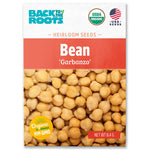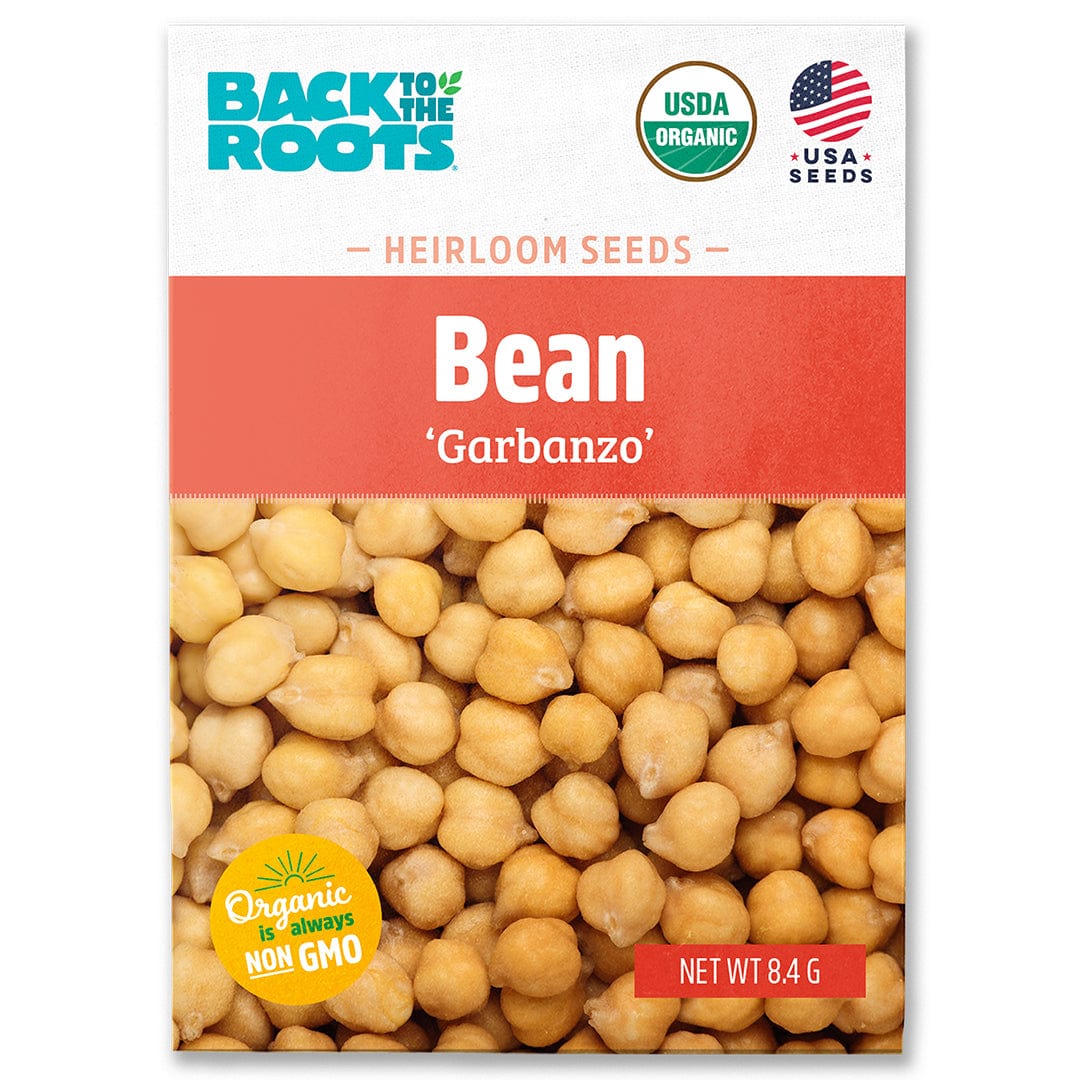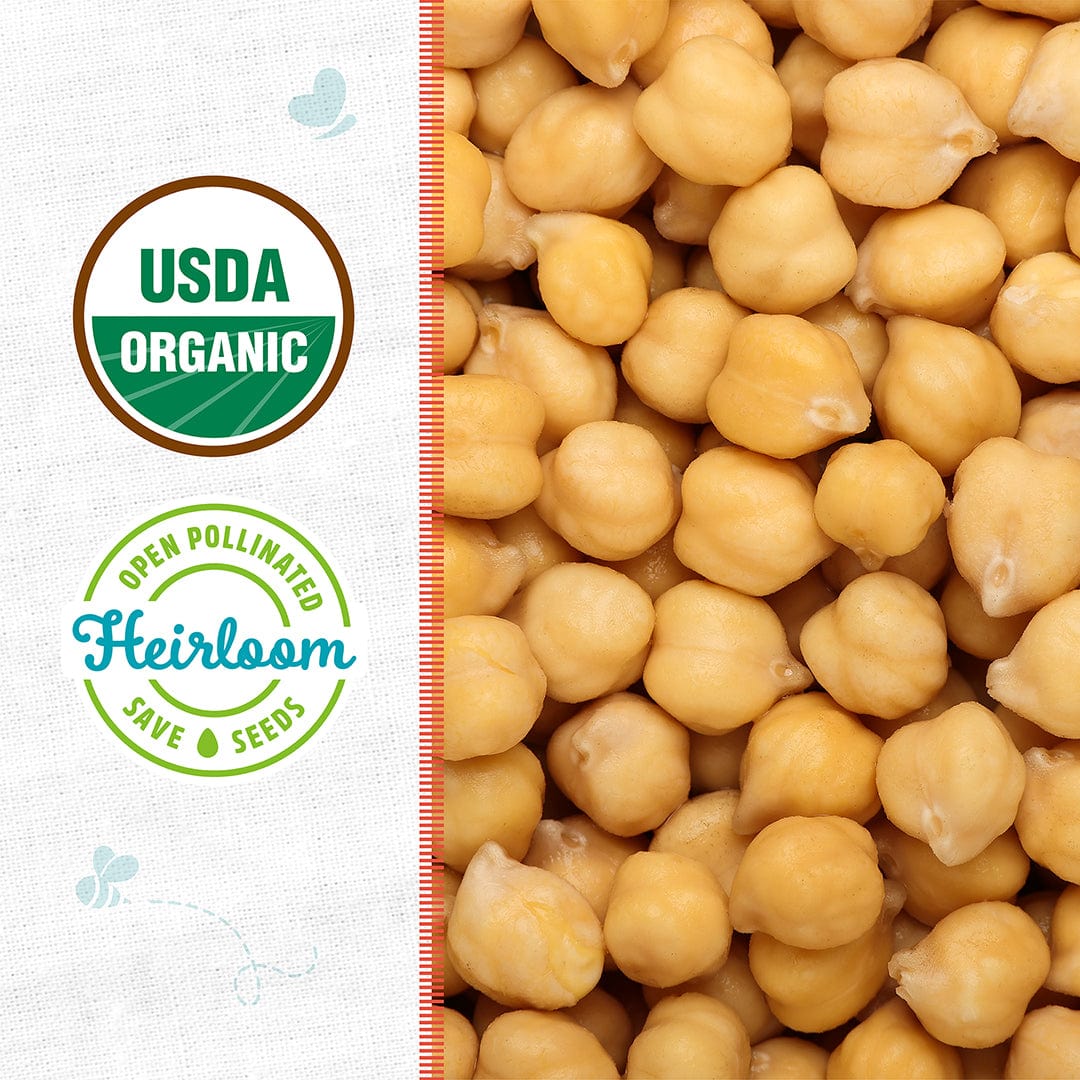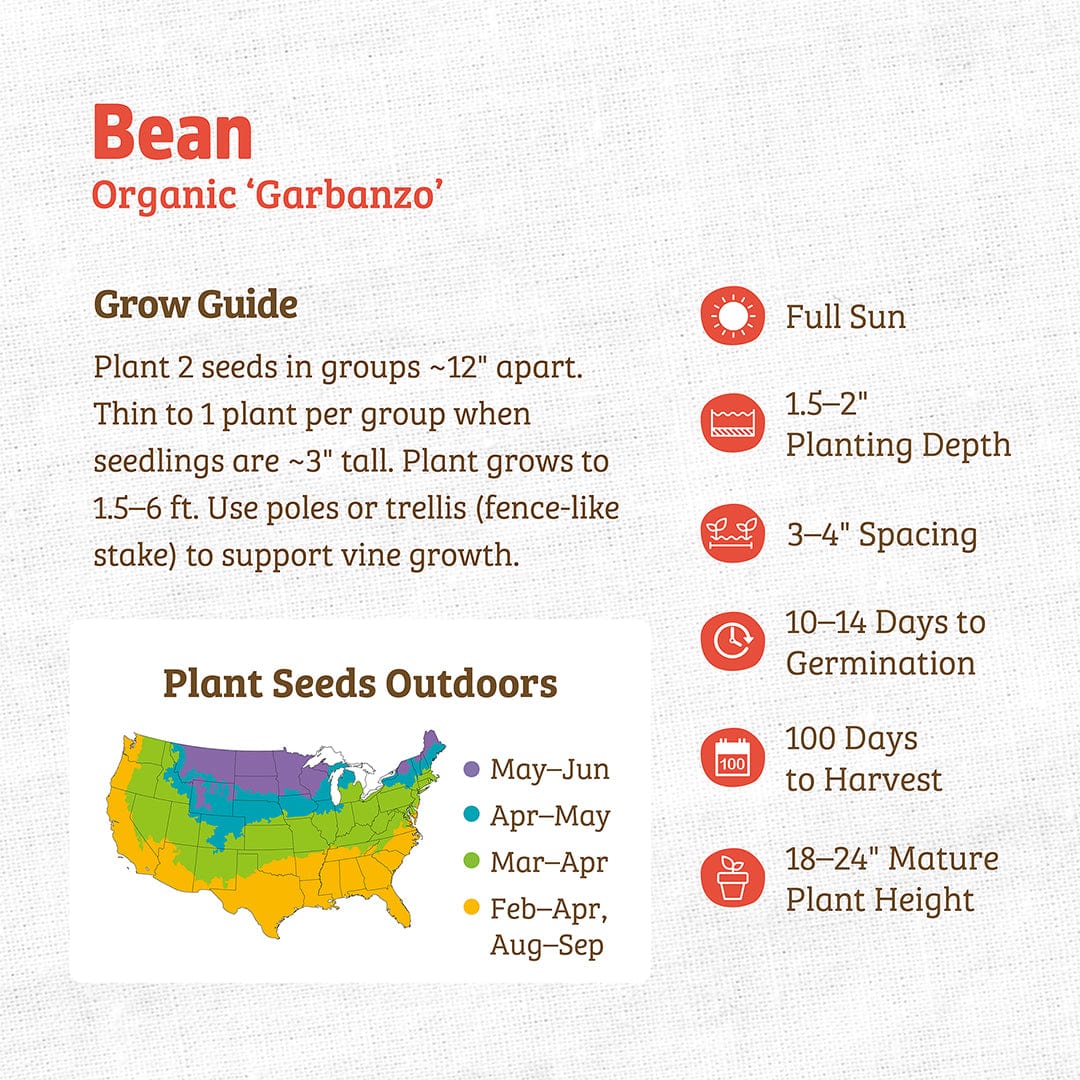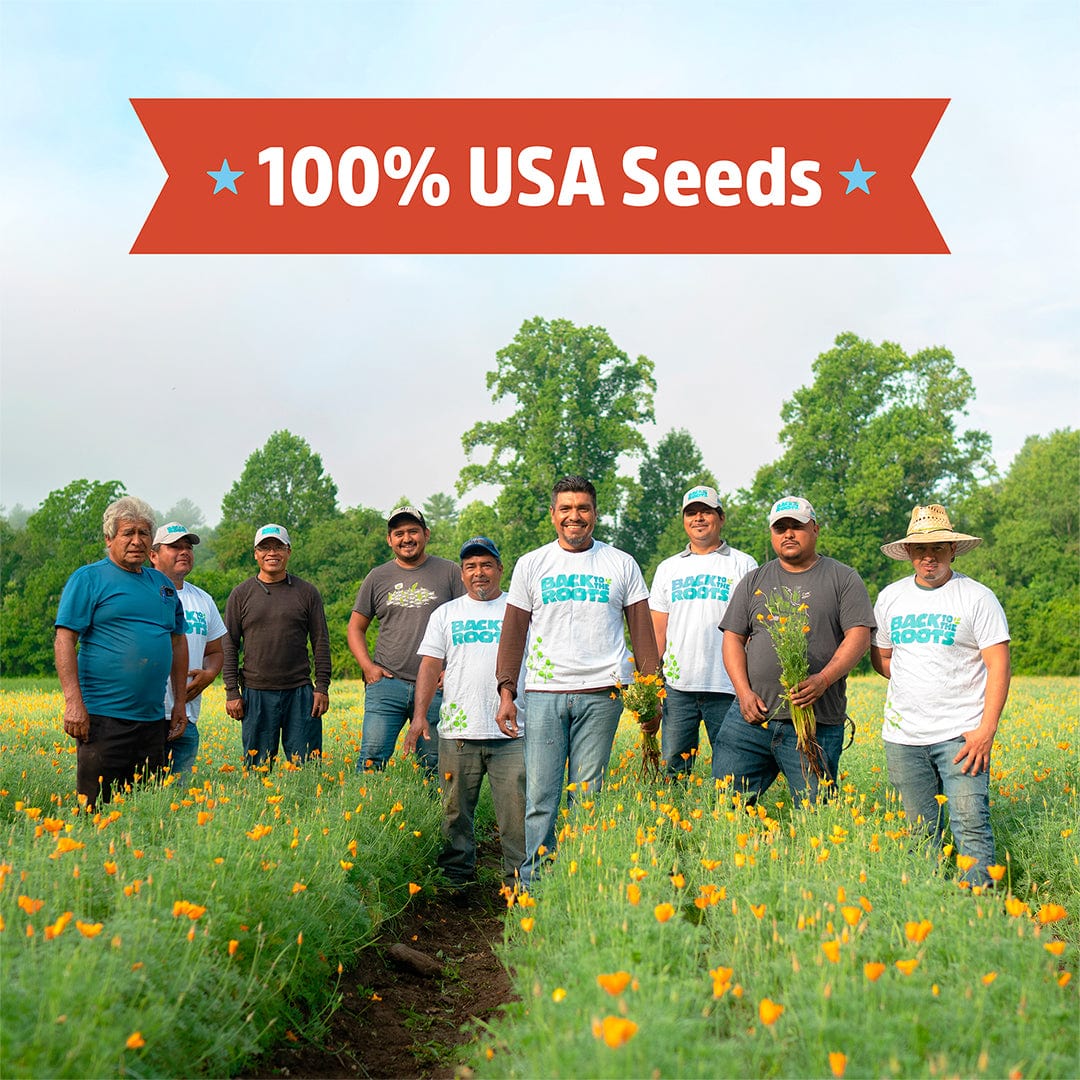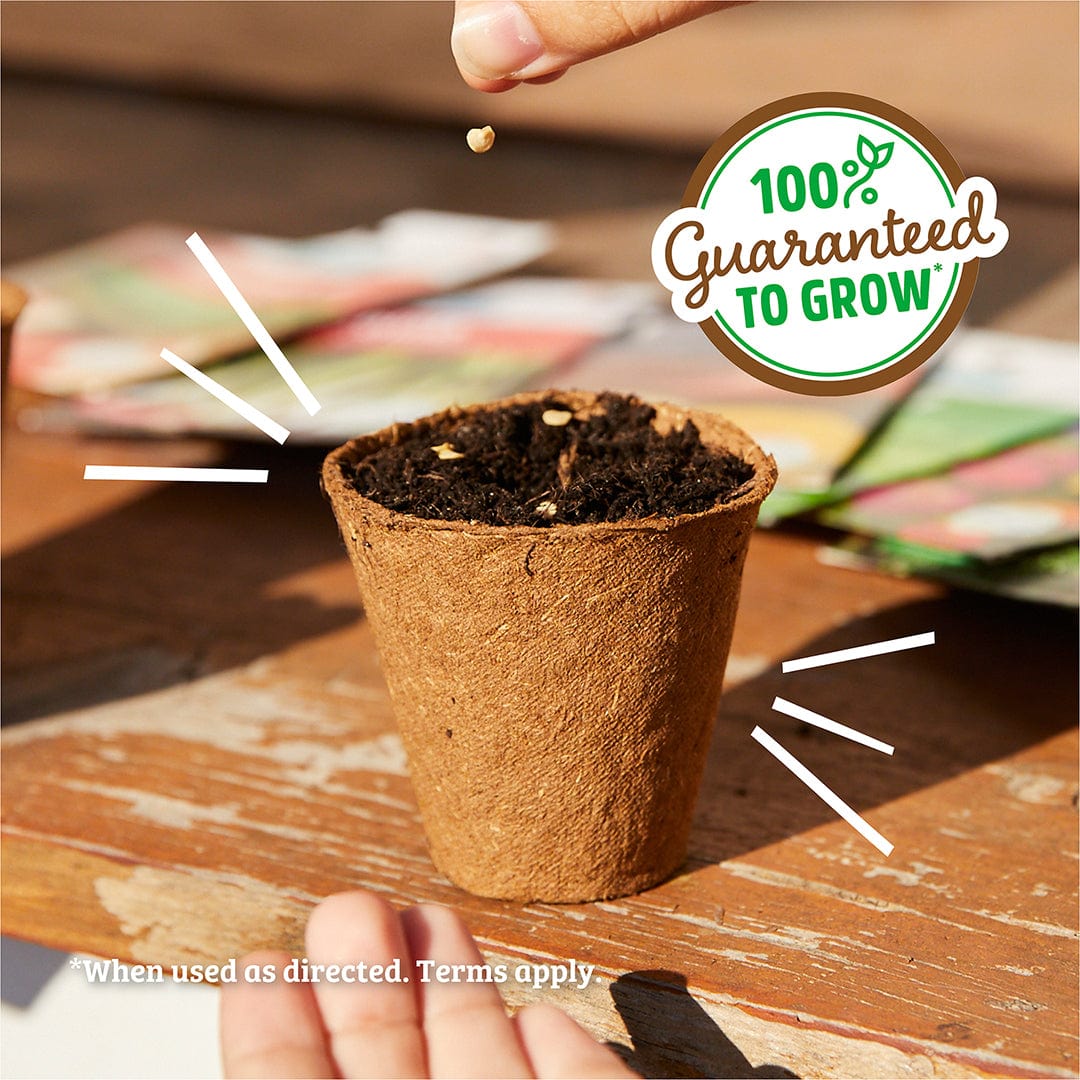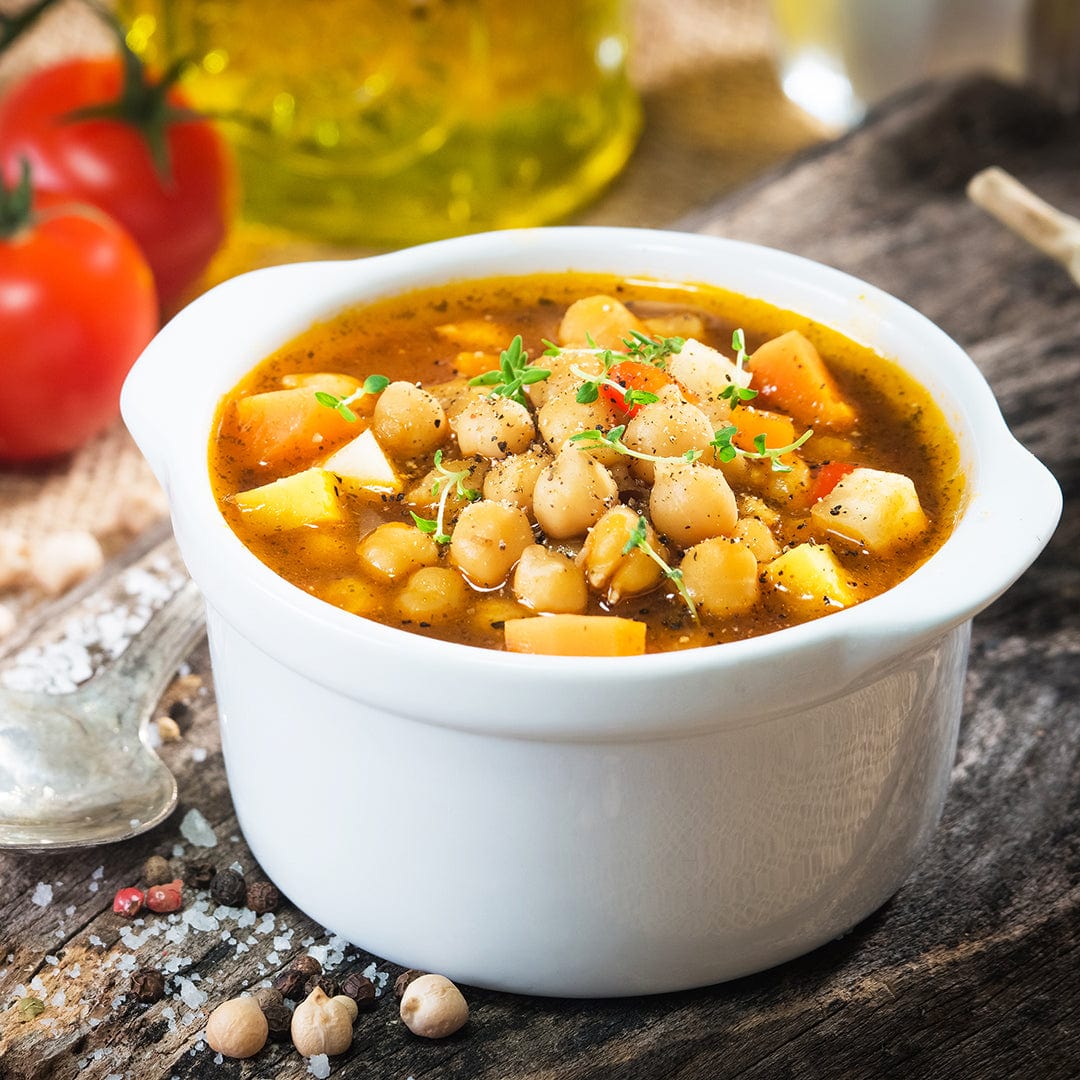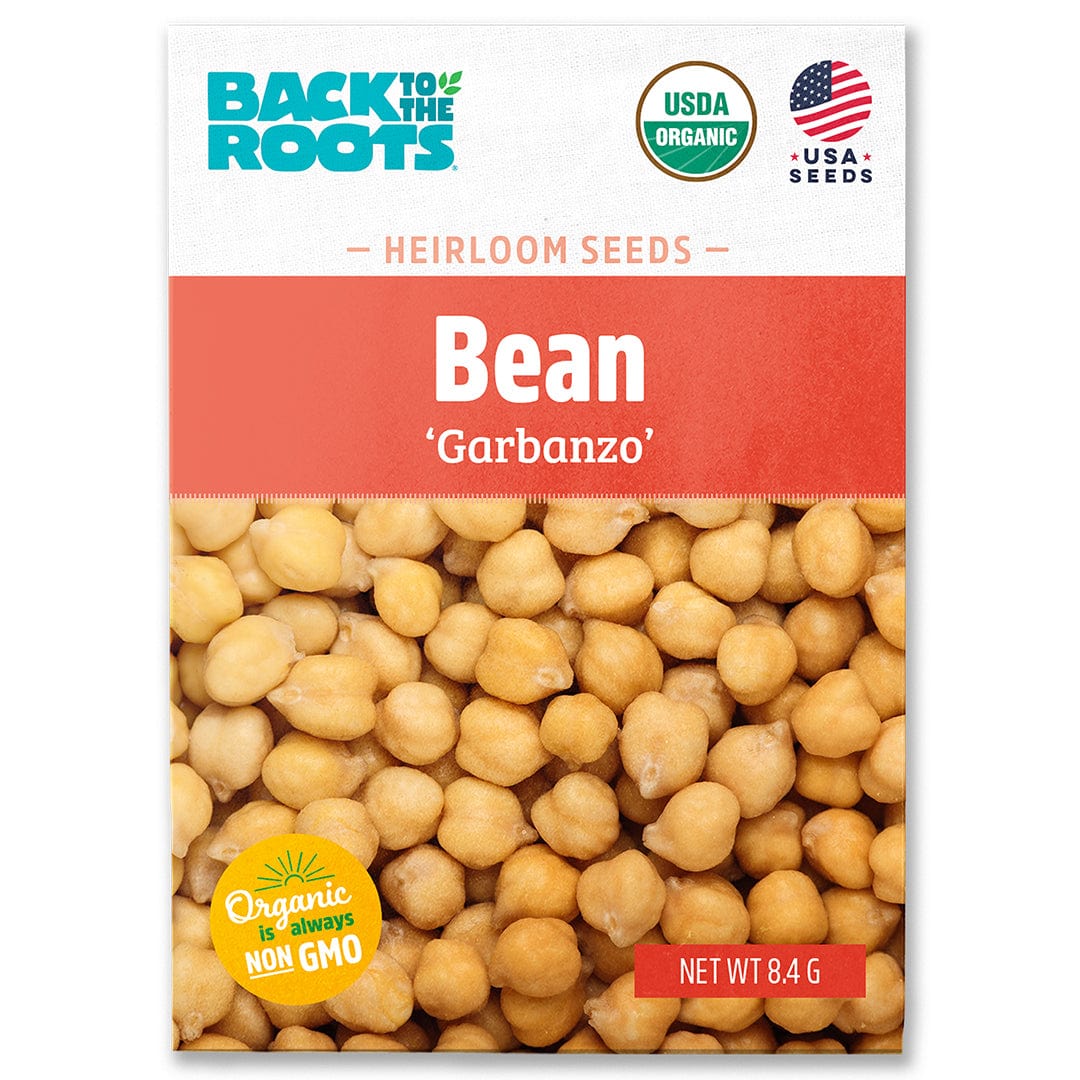
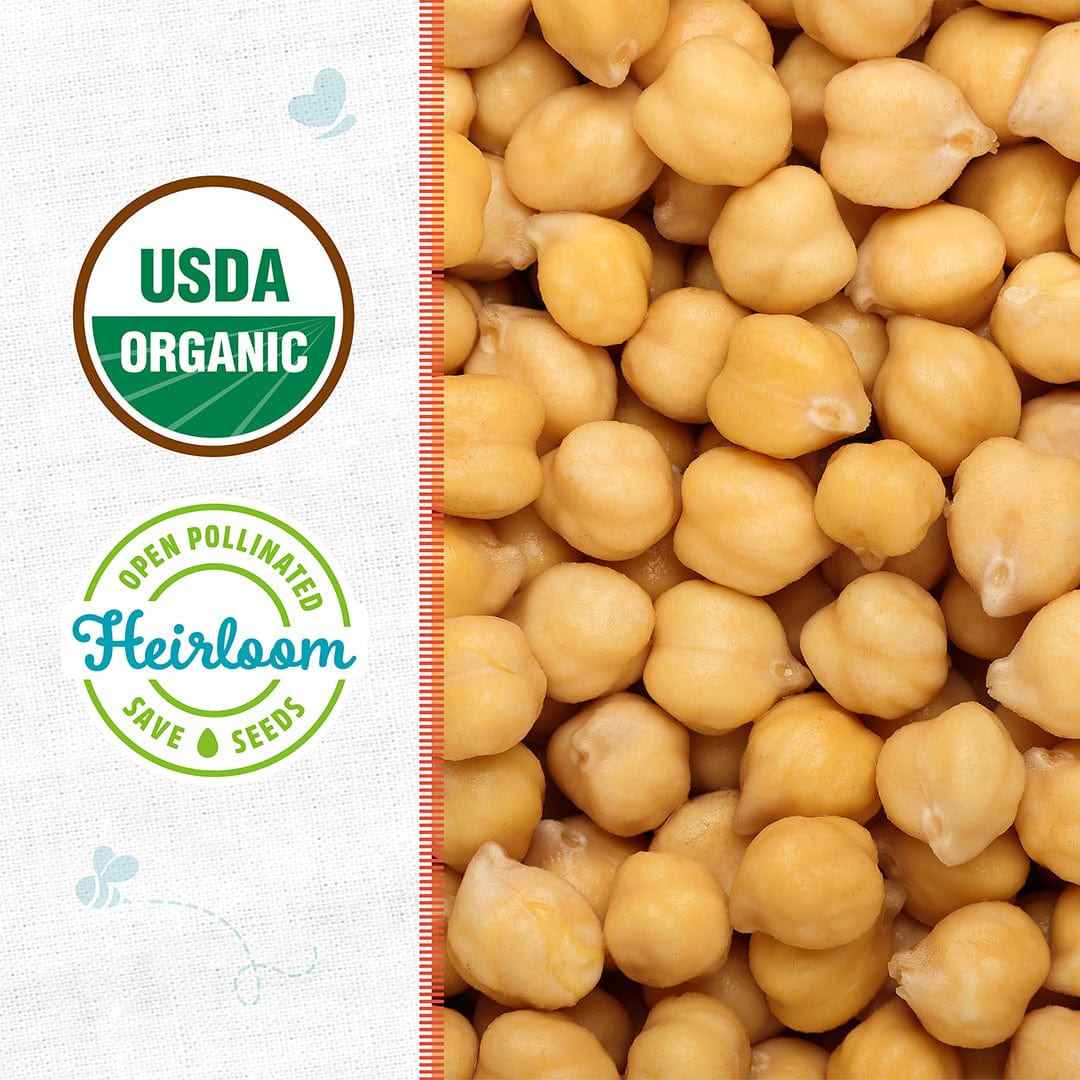
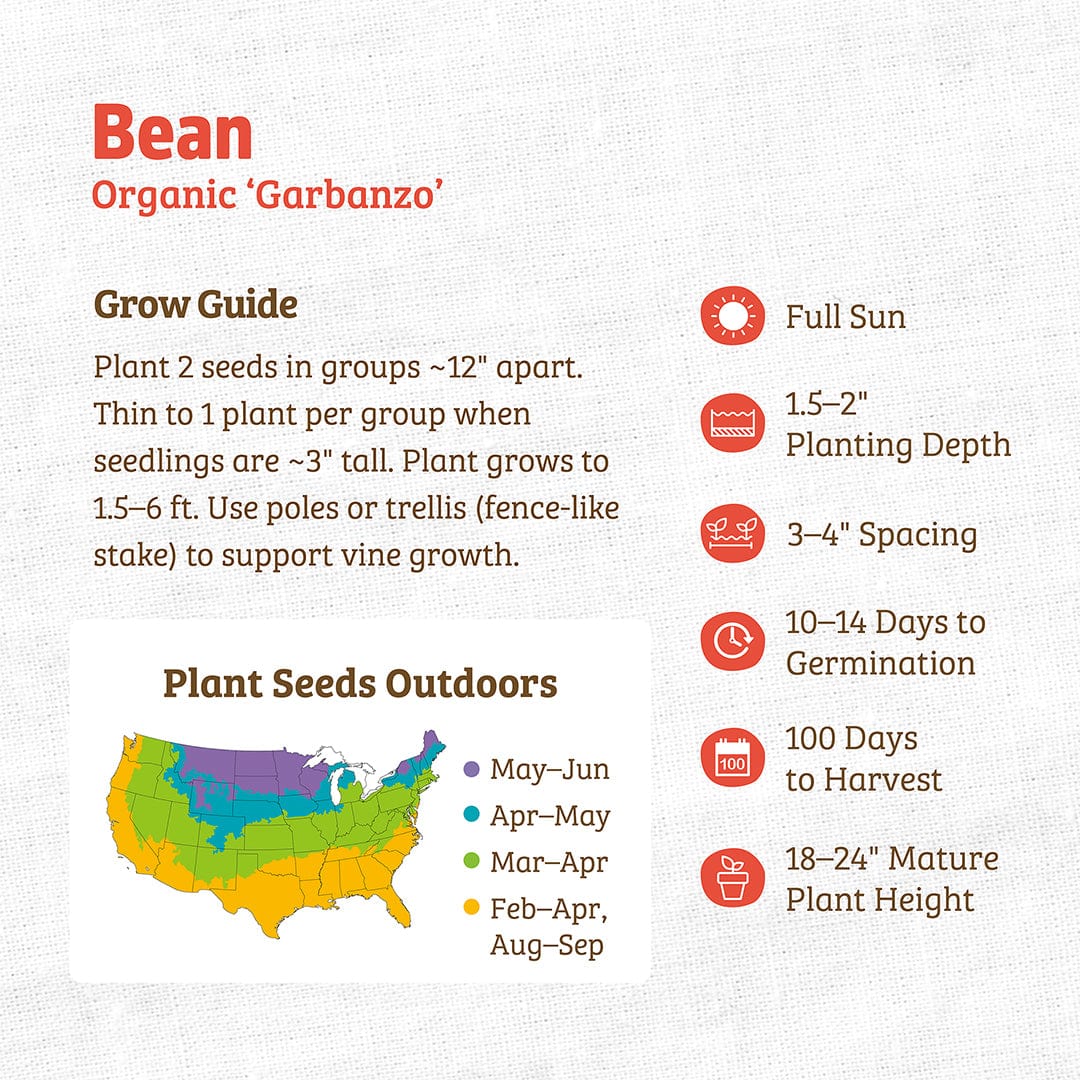
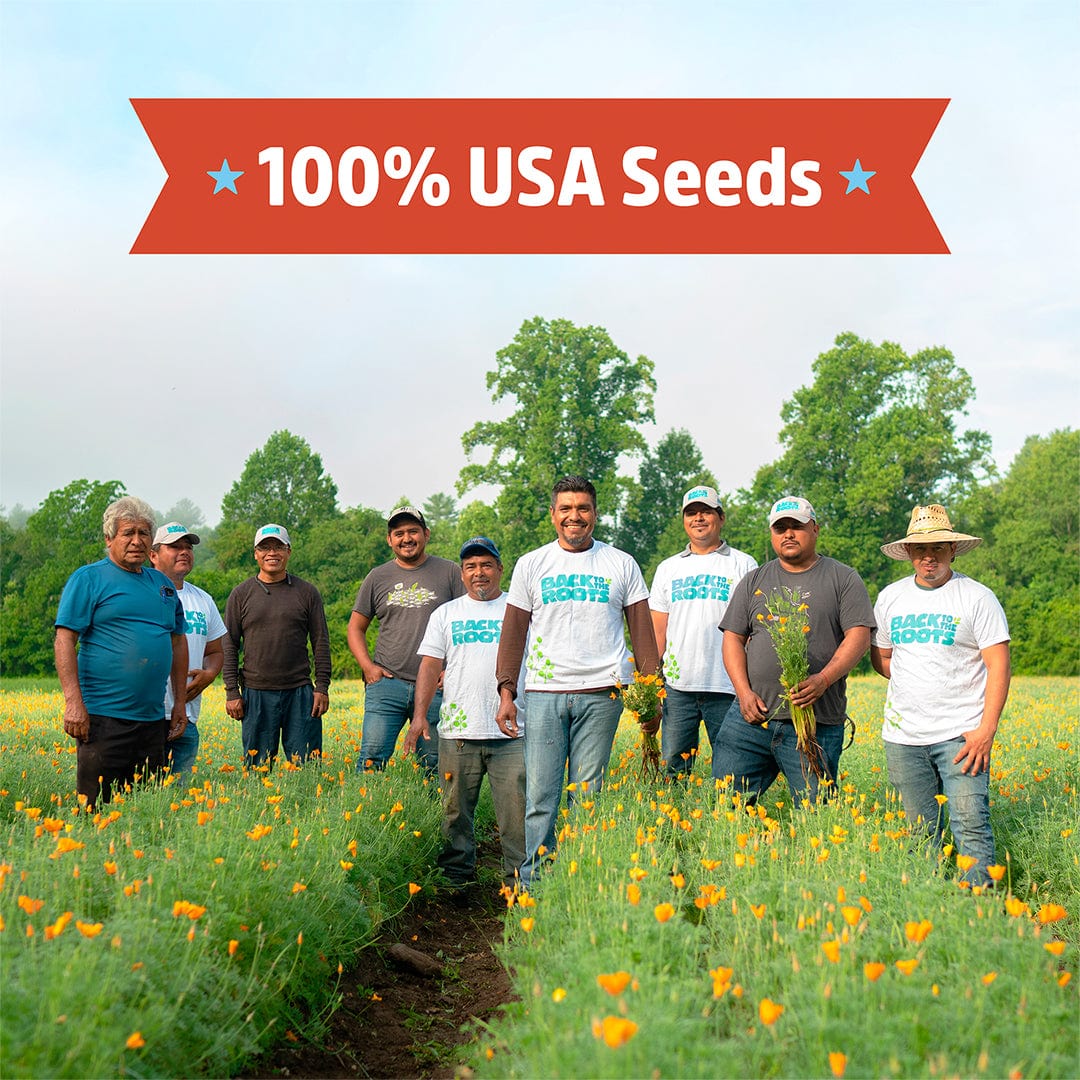
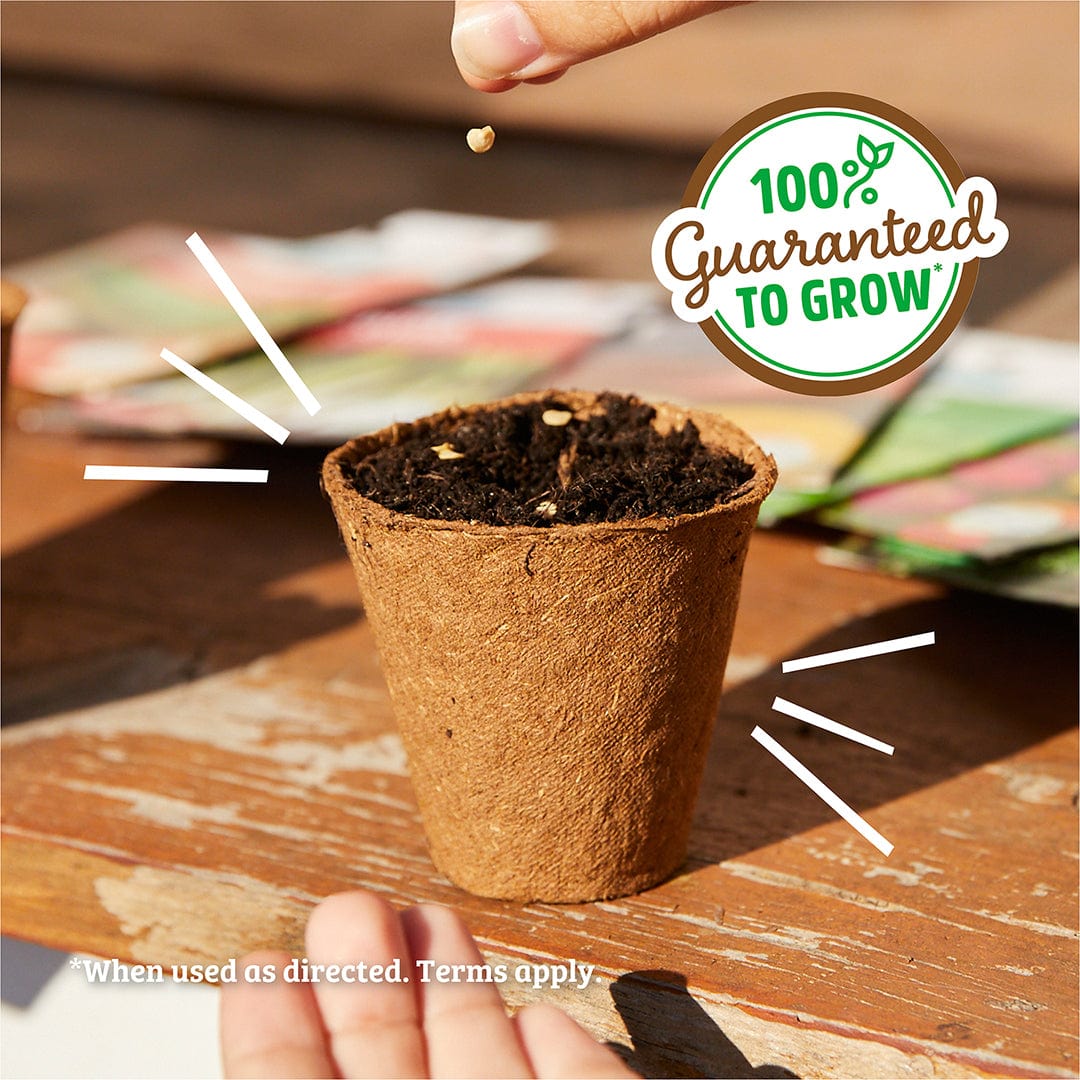
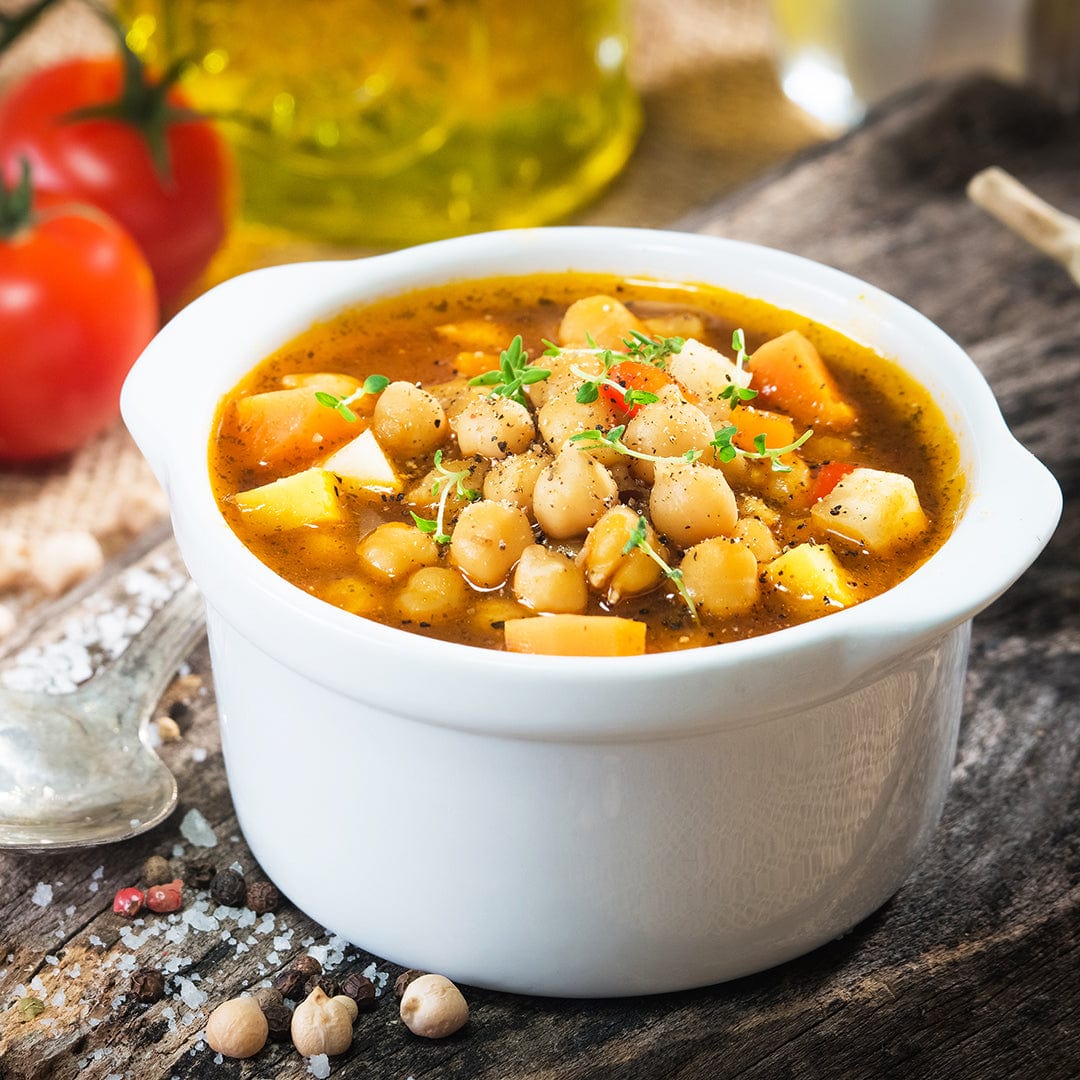
Organic Bean Seeds — 'Garbanzo'
Overview
Garbanzo beans, or chickpeas, are a nutritious and versatile dry bean variety, known for their nutty flavor and creamy texture when cooked. They are a staple food in many cultures and can be enjoyed at the dry, mature stage. Garbanzo beans are easy to grow, drought-tolerant, and productive. They are rich in protein, complex carbohydrates, folate, iron, and soluble fiber. Additionally, their ability to form a symbiotic relationship with Rhizobium bacteria helps improve soil fertility by fixing nitrogen, enhancing soil health.
Garbanzo beans typically grow as bush beans, which are low-growing, compact plants that reach 1–2 feet in height and do not require support. While less common, pole varieties may exist but typically need trellising or support structures.
Conditions
Garbanzo beans are a frost-sensitive, warm-season crop that grows best in well-drained, loamy soil with a pH between 6.0 and 7.0. They thrive in full sun, needing at least 6 hours of direct sunlight per day. For optimal growth, amend the soil with compost and phosphorus.
Planting
Plant garbanzo beans directly in the garden once the soil is warm (above 60°F). Sow the seeds 1 inch deep, spaced 4 to 6 inches apart in rows. Water well when planting, but avoid overwatering to prevent seed rot. After seedlings emerge (usually in 7 to 14 days), keep the soil moderately moist, allowing it to dry slightly between waterings. Bush types do not need support, but if growing pole varieties, set up trellises shortly after planting.
Care
If garbanzo beans are new to your garden, inoculating the seeds with Rhizobium bacteria will help the plants fix nitrogen, improving yields and soil health. Water consistently but avoid overwatering to ensure the soil dries slightly between waterings.
Pests and Diseases
To prevent seed rot and damping-off disease, avoid planting garbanzo beans in cool, damp soil. White mold can be minimized by rotating crops and watering early in the day so foliage dries quickly. To manage bacterial blights, practice crop rotation and compost old plant debris. Encourage beneficial insects like ladybugs by planting cilantro or other umbel flowers nearby. Use organic solutions such as insecticidal soap or diatomaceous earth for severe pest infestations.
Harvest
For dry beans, allow the pods to dry on the plant until they are brittle, and the seeds rattle inside. Harvest the beans once fully mature, ensuring they are thoroughly dry. Harvest frequently if picking beans at the green shell stage to encourage continued production.

Organic Bean Seeds — 'Garbanzo'
